
How to Use MAX3421E: Examples, Pinouts, and Specs
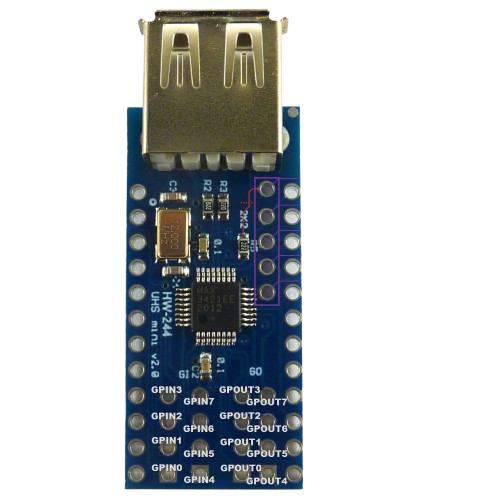
 Design with MAX3421E in Cirkit Designer
Design with MAX3421E in Cirkit DesignerIntroduction
The MAX3421E is a USB peripheral controller manufactured by Analog Devices / Maxim Integrated. It enables microcontrollers to communicate with USB devices by providing a full-speed USB interface. The MAX3421E supports various USB protocols, including control, bulk, interrupt, and isochronous transfers, making it a versatile solution for USB connectivity in embedded systems.
Explore Projects Built with MAX3421E
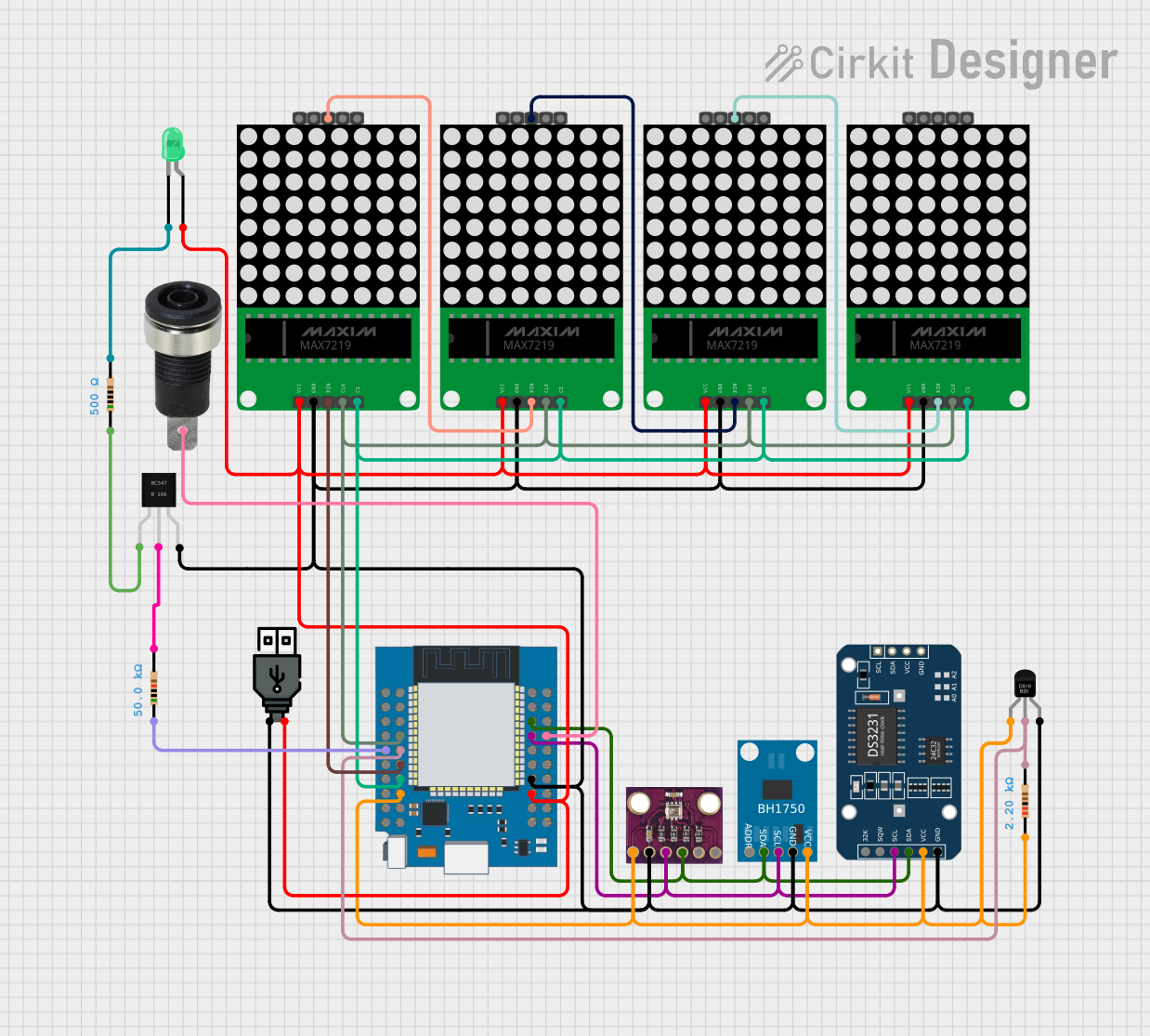
 Open Project in Cirkit Designer
Open Project in Cirkit Designer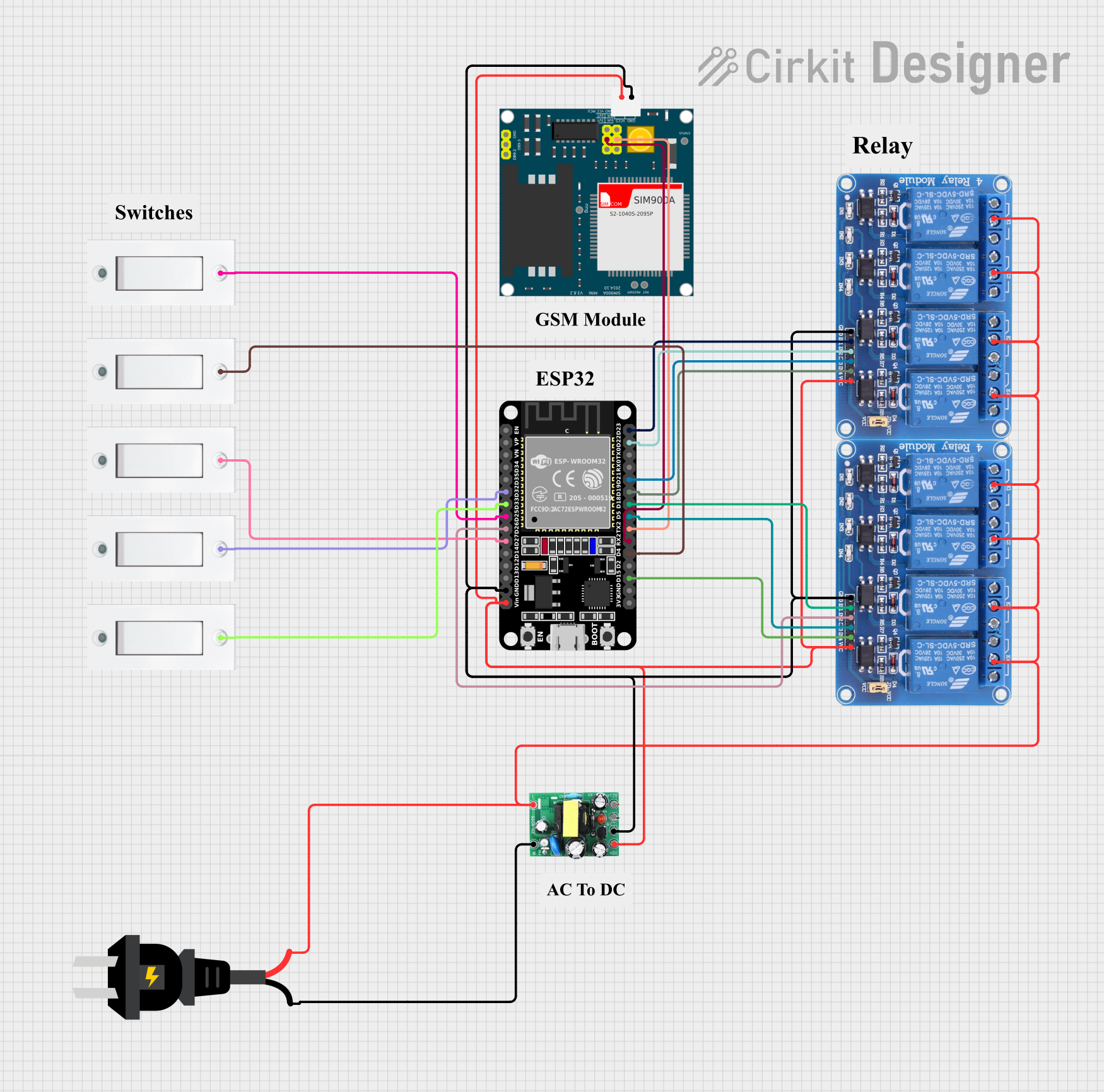
 Open Project in Cirkit Designer
Open Project in Cirkit Designer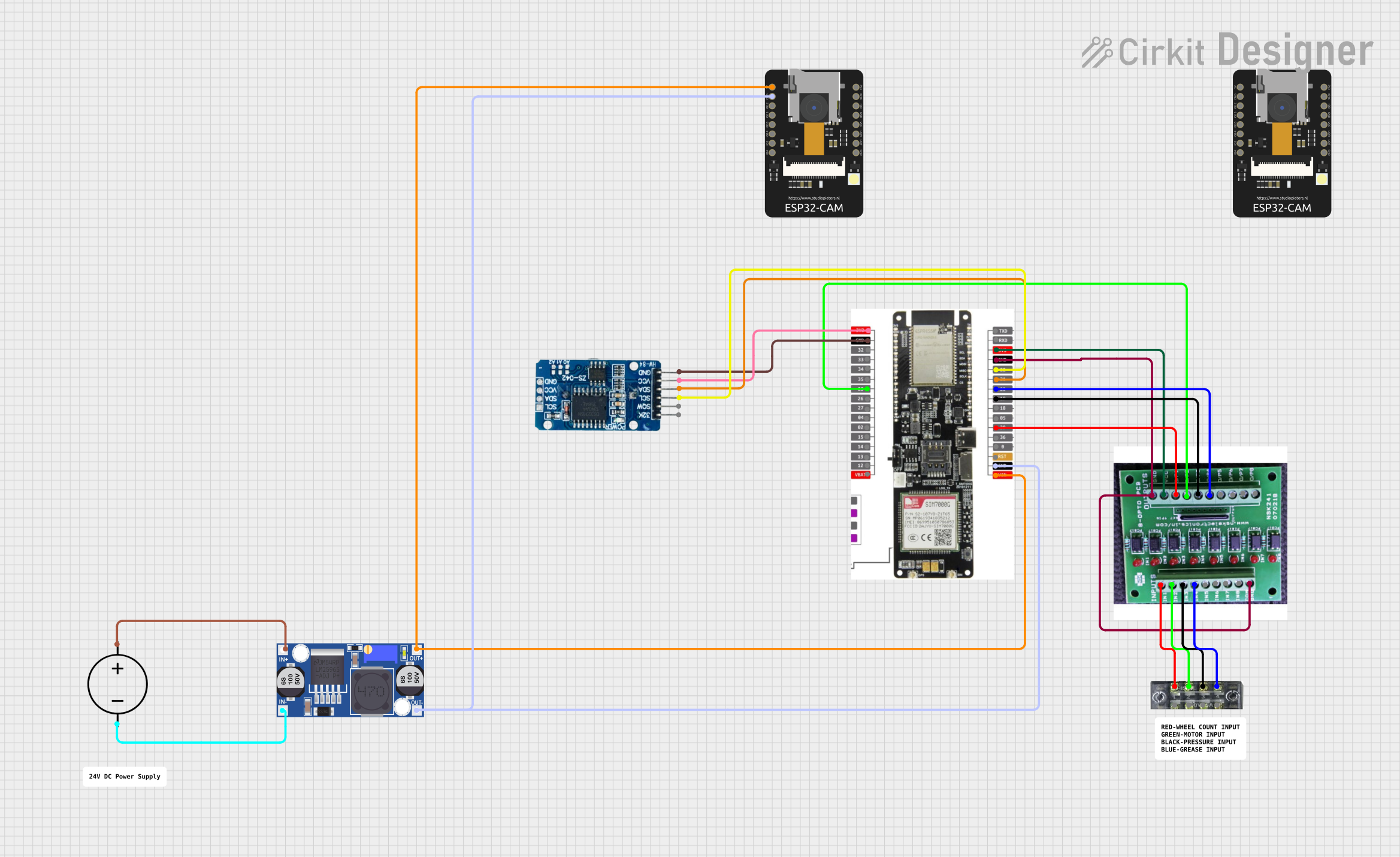
 Open Project in Cirkit Designer
Open Project in Cirkit Designer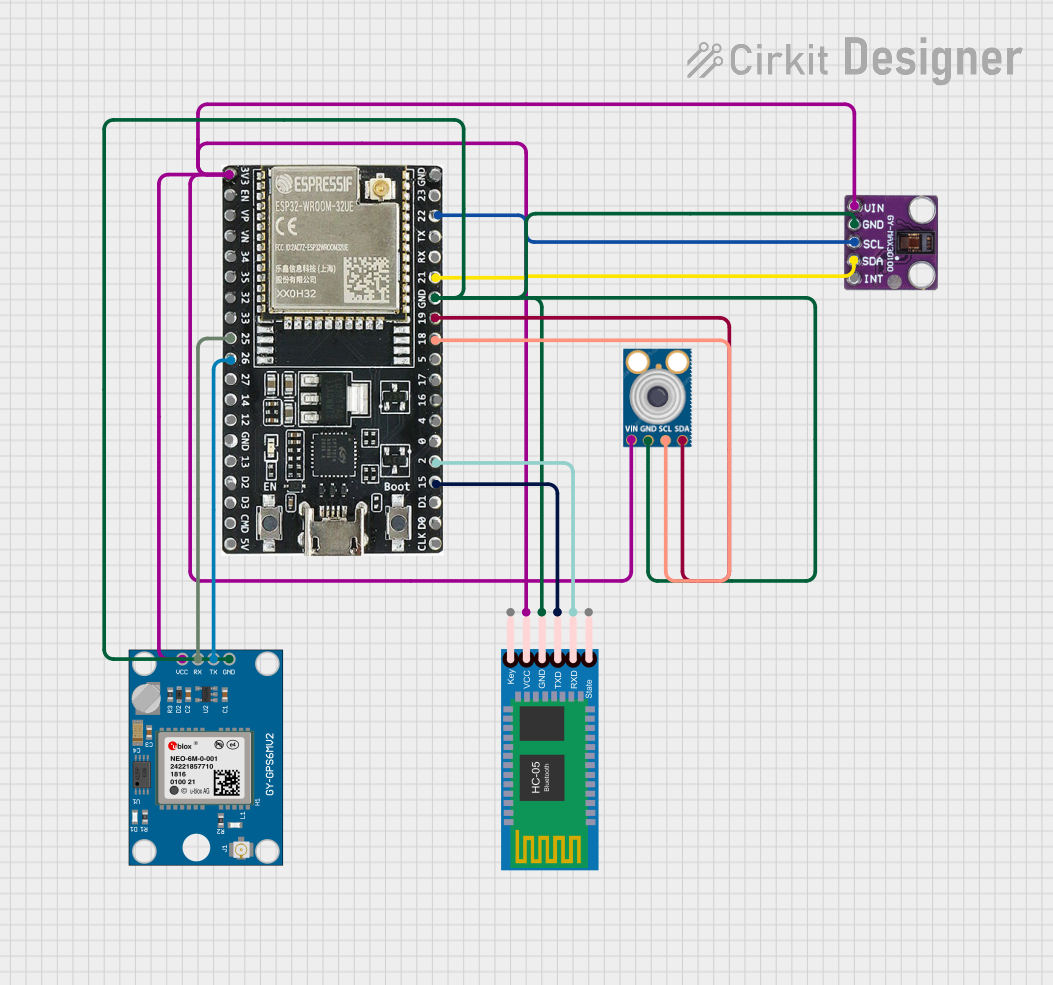
 Open Project in Cirkit Designer
Open Project in Cirkit DesignerExplore Projects Built with MAX3421E

 Open Project in Cirkit Designer
Open Project in Cirkit Designer
 Open Project in Cirkit Designer
Open Project in Cirkit Designer
 Open Project in Cirkit Designer
Open Project in Cirkit Designer
 Open Project in Cirkit Designer
Open Project in Cirkit DesignerCommon Applications and Use Cases
- USB host controllers for embedded systems
- USB device communication in microcontroller-based designs
- USB protocol analyzers
- Industrial and consumer electronics requiring USB connectivity
- USB-to-serial converters
Technical Specifications
Key Technical Details
- Manufacturer Part IDs: MAX3421EETJ+, MAX3421EEHJ+
- USB Interface: Full-speed (12 Mbps) USB host or peripheral controller
- Operating Voltage: 3.0V to 3.6V (core), 4.0V to 5.5V (USB transceiver)
- Current Consumption: 15 mA (typical, active mode)
- Operating Temperature Range: -40°C to +85°C
- Package Options:
- MAX3421EETJ+: 32-pin TQFP
- MAX3421EEHJ+: 32-pin TQFN
- Communication Interface: SPI (Serial Peripheral Interface)
- Integrated Features:
- USB transceiver
- Internal clock oscillator
- 3.3V regulator for USB signaling
- Interrupt output for event signaling
- ESD Protection: ±15kV (human body model)
Pin Configuration and Descriptions
MAX3421E Pinout (32-pin TQFP/TQFN)
| Pin | Name | Type | Description |
|---|---|---|---|
| 1 | VCC | Power | 3.3V core power supply. |
| 2 | GND | Ground | Ground connection. |
| 3 | MOSI | Input | SPI Master Out Slave In (data input to MAX3421E). |
| 4 | MISO | Output | SPI Master In Slave Out (data output from MAX3421E). |
| 5 | SCK | Input | SPI clock input. |
| 6 | SS | Input | SPI slave select (active low). |
| 7 | INT | Output | Interrupt output (active low). Signals USB or SPI events. |
| 8 | RESET | Input | Active-low reset input. |
| 9 | D+ | I/O | USB D+ line for differential signaling. |
| 10 | D- | I/O | USB D- line for differential signaling. |
| 11 | VBUS | Power | USB bus power input (4.0V to 5.5V). |
| 12 | GND | Ground | Ground connection for USB transceiver. |
| 13-32 | NC/Other Pins | - | Reserved or no connection (refer to the datasheet for detailed pin functions). |
Usage Instructions
How to Use the MAX3421E in a Circuit
- Power Supply: Connect the VCC pin to a 3.3V regulated power source and the VBUS pin to a 5V USB power source. Ensure proper decoupling capacitors are placed near the power pins.
- SPI Communication: Connect the SPI pins (MOSI, MISO, SCK, SS) to the corresponding SPI pins of the microcontroller. Configure the SPI interface for mode 0 (CPOL=0, CPHA=0).
- USB Connection: Connect the D+ and D- pins to the USB device or host. Use proper termination resistors as specified in the datasheet.
- Interrupt Handling: Connect the INT pin to a GPIO pin on the microcontroller to handle USB or SPI events.
- Reset: Use the RESET pin to initialize the MAX3421E during power-up or when required.
Important Considerations and Best Practices
- Voltage Levels: Ensure the SPI signals are compatible with the MAX3421E's 3.3V logic levels.
- ESD Protection: Use external ESD protection diodes if the device is exposed to harsh environments.
- Clock Source: The MAX3421E has an internal oscillator, but an external crystal (12 MHz) can be used for better timing accuracy.
- Firmware: Use a USB stack or library compatible with the MAX3421E to simplify development.
Example: Connecting MAX3421E to Arduino UNO
The MAX3421E can be used with an Arduino UNO to create a USB host controller. Below is an example of initializing the MAX3421E using the popular USB Host Shield library.
Arduino Code Example
#include <Usb.h> // Include USB Host Shield library
#include <usbhub.h> // Include USB hub support
USB Usb; // Create USB object
USBHub Hub(&Usb); // Create USB hub object
void setup() {
Serial.begin(9600); // Initialize serial communication
if (Usb.Init() == -1) {
// If USB initialization fails, print an error message
Serial.println("USB initialization failed. Check connections.");
while (1); // Halt execution
}
Serial.println("USB initialized successfully.");
}
void loop() {
Usb.Task(); // Handle USB tasks
// Add your USB device handling code here
}
Notes:
- Install the USB Host Shield library in the Arduino IDE before running the code.
- Ensure proper wiring between the Arduino UNO and the MAX3421E SPI pins.
Troubleshooting and FAQs
Common Issues and Solutions
USB Initialization Fails:
- Cause: Incorrect SPI connections or power supply issues.
- Solution: Verify SPI wiring and ensure the VCC and VBUS pins are powered correctly.
No Response from USB Device:
- Cause: Improper USB connection or unsupported device.
- Solution: Check the D+ and D- connections and ensure the device is compatible with the MAX3421E.
Interrupts Not Triggering:
- Cause: INT pin not connected or microcontroller not configured to handle interrupts.
- Solution: Verify the INT pin connection and configure the microcontroller to detect falling edges.
Overheating:
- Cause: Excessive current draw or incorrect power supply voltage.
- Solution: Ensure the power supply voltage is within the specified range and check for short circuits.
FAQs
Q: Can the MAX3421E act as both a USB host and device?
A: Yes, the MAX3421E can function as either a USB host or peripheral, depending on the configuration.Q: What is the maximum USB speed supported?
A: The MAX3421E supports full-speed USB (12 Mbps).Q: Is the MAX3421E compatible with 5V logic microcontrollers?
A: No, the MAX3421E operates at 3.3V logic levels. Use level shifters if interfacing with 5V logic.Q: Does the MAX3421E require an external crystal?
A: No, it has an internal oscillator, but an external 12 MHz crystal can be used for better accuracy.